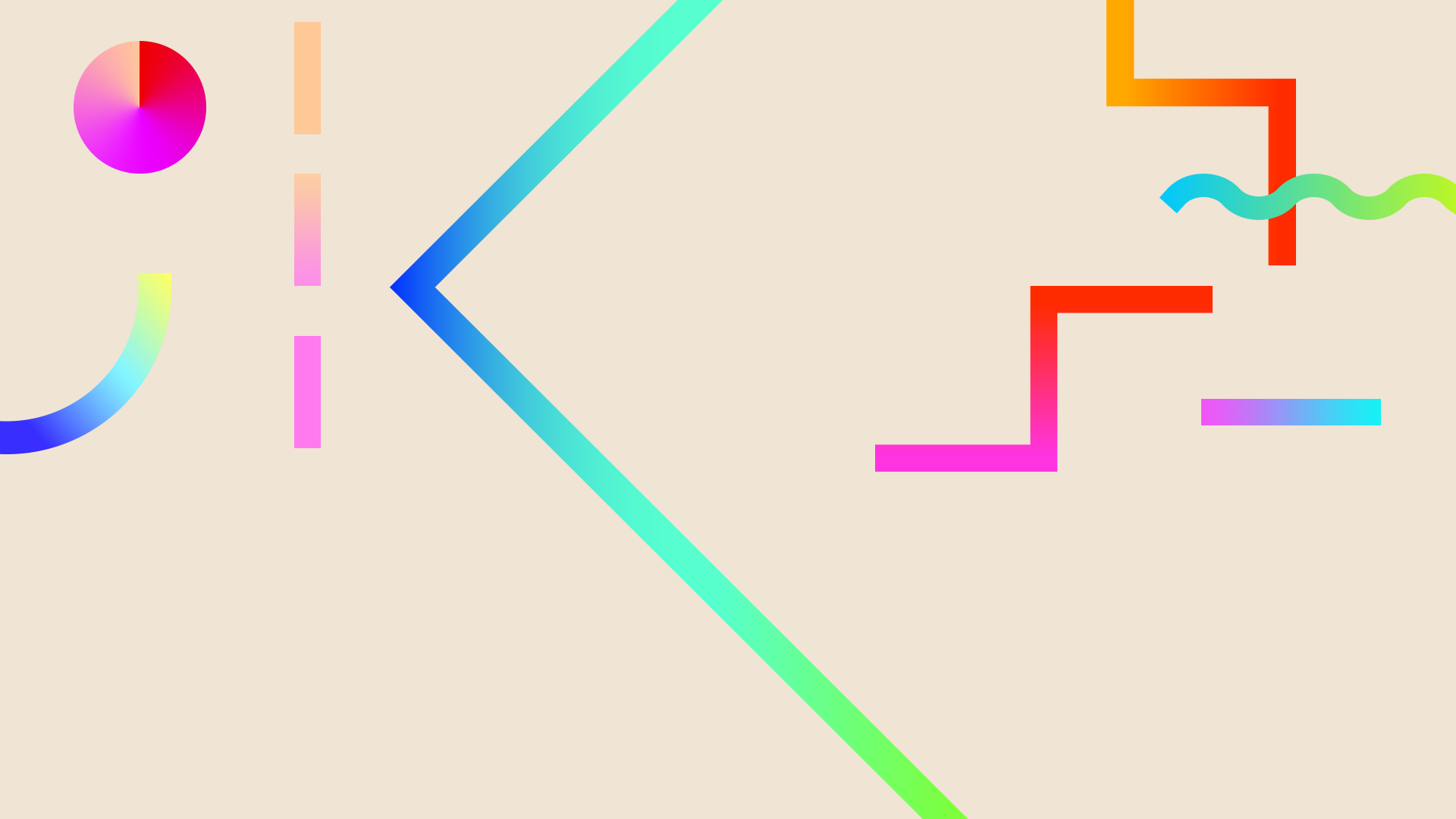
History of Editing
Non-Linear Editing
The first truly non-linear editor was the CMX 600 which was introduced in 1971 by CMX Systems. Because the video edited on the 600 was in black and white and in low-resolution, the 600 was suitable only for offline editing.
There were a number of non-linear editing systems built in the '80s using computer coordinating multiple laser discs or banks of Videotape VTR's/VCRs, but in 1989,
Avid introduced its Media Composer system, a digital non-linear editing system that changed the process of editing forever.
With linear editing, the process is laying shots chronologically in real time where as non-linear doesn't have to be chronological and real time. The system is more aligned to film editing with the same approach being applied digitally.

The cost was also a major factor where the Avid Media Composer system was priced from around $60,000(AUS). Production facilities no longer needed to outlay hundred of thousands or even millions of dollars to purchase multi VCR's, edit controllers, vision mixers, character generators and special effect systems.
The Avid was purpose built specifically for post-production with a dedicated keyboard. Not long after that, non-linear editing software was developed that could be loaded into almost any domestic Macintosh or PC.
Today there are different types of editing software (non-linear) but most of them have the same approach in operation. This particularly applies with Avid, Final Cut Pro and Adobe Premier.
With the development of high definition camera technology in the last decade, videotape will eventually only exist in the archives. Television stations have moved to digital. Many film makers consider high definition or film and will decide based on their projects needs or what medium they feel comfortable with. Cinema's and distributors have converted to digital because of lower running and distribution costs. In the US 90 percent of cinema's have converted.
Whether the filming format is high definition or film, the non-linear system is the most cost effective and efficient method for post-production for everyone.


